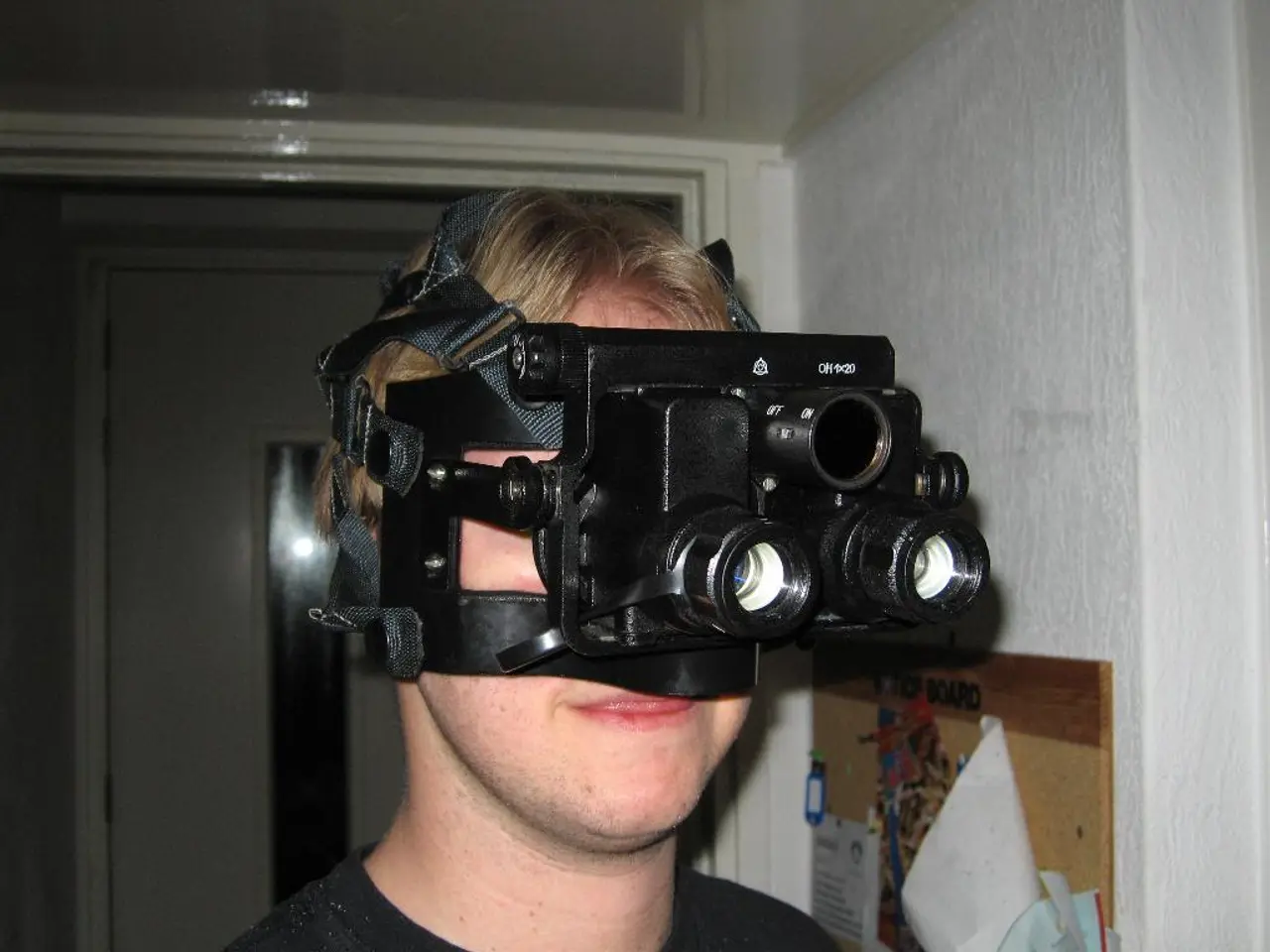Virtual medicine takes a significant leap forward at HIMSS22 with the introduction of Extended Reality (XR) technology.
At the HIMSS22 digital session, Dr. Brennan Spiegel, the director of health services research for Cedars-Sinai Health System, discussed the current and future role of medical extended reality (MXR) devices in healthcare.
Dr. Spiegel emphasized the expanding clinical applications and benefits of MXR technologies, which include virtual reality (VR), augmented reality (AR), and mixed reality (MR). He highlighted that these technologies are increasingly integrated in healthcare for patient education, clinical training, therapeutic interventions, and improving clinical decision-making.
One key clinical application of MXR devices is patient education. By enabling providers to show patients their own anatomy and medical scans in three-dimensional formats, MXR enhances understanding of conditions like tumors or fractures, leading to more informed decisions and stronger patient trust.
MXR also facilitates immersive and standardized medical education for students, residents, and clinicians. Virtual anatomical walkthroughs and surgical rehearsal environments increase training efficiency and consistency.
In rehabilitation, VR and other MXR tools are used adjunctively, creating engaging, safe, and controllable environments to increase practice intensity and improve outcomes. For instance, VR is used in motor function training post-stroke.
MXR also supports telehealth expansion by enabling remote therapeutic interventions, virtual medical collaboration, and patient monitoring in spatially immersive contexts.
Dr. Spiegel projected a future where MXR fully integrates with AI, wearables, and sensor technologies to personalize therapies, improve diagnostic accuracy, and transform healthcare delivery by fostering greater patient engagement and enhanced clinician capabilities.
However, he also emphasized ongoing research around efficacy, ethical considerations, and regulatory frameworks as vital to widespread clinical adoption.
Cedars-Sinai Health System is already leveraging MXR technologies. The health system has an IBS/VR program, an entirely virtual clinic for irritable bowel syndrome patients, allowing them to practice skills and psychotherapeutic techniques from home. Furthermore, the health system offers virtual reality consultations to improve patient care.
The use of MXR devices extends beyond patient care. Research has shown that patients can significantly reduce chronic lower back pain through the use of RelieVRx, a VR program for cognitive behavioral therapy. XR technology also has potential applications in treatments for depression, smoking cessation, high blood pressure, and schizophrenia.
The mixed reality market is expected to grow from $6 billion in 2020 to $97 billion by 2028, indicating a promising future for MXR technologies in the medical field.
To stay updated on HIMSS22, follow updates on Twitter @HealthTechMag and join the conversation using the hashtag #HIMSS22. Bookmark this page for ongoing virtual coverage of HIMSS22.
References: [1] Spiegel, B. M., & Yoo, C. (2019). Virtual reality for mental health. The Lancet Psychiatry, 6(8), 626-628. [2] Spiegel, B. M., & Yoo, C. (2020). Virtual reality for chronic pain. The Lancet Psychiatry, 7(11), 922-923. [3] Spiegel, B. M., & Yoo, C. (2021). Virtual reality for depression. The Lancet Psychiatry, 8(5), 406-408.
Science and technology are playing increasingly significant roles in health-and-wellness, with MXR devices becoming integral in healthcare. For example, medical extended reality (MXR) technologies, such as virtual reality (VR), augmented reality (AR), and mixed reality (MR), are being used for patient education, clinical training, therapeutic interventions, and enhancing clinical decision-making. In the future, MXR is projected to fully integrate with AI, wearables, and sensor technologies, potentially transforming healthcare delivery and fostering greater patient engagement and clinician capabilities.




